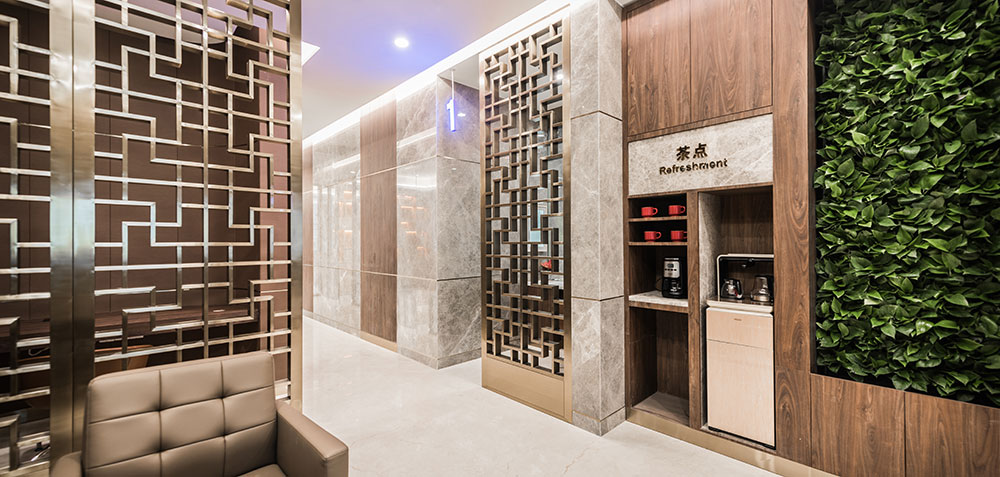We recently highlighted the relationship between behavioral finance, a banks’ brand strategy, and how prospect theory changes our perception of experience design. Now we will continue to explore the topic of brand strategy based on customers’ behavior patterns.
Are Your Customers Rational or Irrational? Probably Both.
Traditional business analysis assumes that consumers and other market actors are rational beings, but most of us know from our own experiences and observations that people are not completely rational.
Daniel Kahneman, a Nobel Memorial Prize winner in Economic Sciences, classifies customer behaviors into two systems: fast and slow thinking. Our brain energy is a scarce resource and everyone unconsciously applies two different modes to make different decisions. In fast thinking mode, which relies on habits, emotions and memory, people make subconscious decisions as if they are on auto-pilot. In slow thinking mode, people drain their brainpower to solve problems.
When banks design sales strategies (such as discounts and promotions), they are aiming at the slow thinking mode, requiring customers to understand the benefit to be on-board. But when it comes to brand strategies, they need to target their fast thinking customers through experience design. The ideal outcome is that customers are imprinted with the perception that your bank is synonymous with affordable and convenient. We have found that if banks build an image and experiential design based on the fast-thinking model, customers become more “sticky” and have higher loyalty, which translates into higher customer retention rates and long-term profitability.
Accept It: Your Customers are Stubborn and Biased.
We know that people are “stubborn” in that their knowledge is often skewed to their own experiences, and they could easily be blind to any new information that goes against their first impression. As bank customers are pulled in different directions – whether it be from traditional competitors or new Fintechs – building trust and a positive brand perception through high-quality service and memorable experiences will transcend any marketing campaign.
“Confirmation bias” tells us that people will only see what they want, to strengthen their existing beliefs. It is a double-edged sword of brand strategy because it can accelerate brand recognition with a good first impression but also quickly damage a brand reputation. For example, a certain smartphone brand enjoys a group of die-hard fans who will pay a premium to show their support, even when the new model does not justify the high price. Although it is difficult for a financial institution to gain such a fan base, banks could certainly win customers’ hearts through designing a smooth and transformative experience that is better than their competitors. When a bank’s brand is associated with a great experience, the extra cost of client retention can be significantly reduced.
Both the “stubborn effect” and “confirmation bias” can be traced back to peoples desire to save energy. Processing new information requires effort, and customers tend to be less sensitive to abstract ideas such as “lower mortgage rate amortized over 5 years.” They react much more emotionally to seamless service experience.
A recent project of ours focused on re-defining the branch experience with a focus on the 4C’s: comfortable, caring, confidence and consistent. Through this lens, the customer experience was always top of mind, with every element of the design – from smart banking ATMs to a VIP client lounge – being checked against such standard. By doing so, the new bank branch has become a welcoming and enjoyable experience for customers, helping form a connection that goes beyond transactional.



